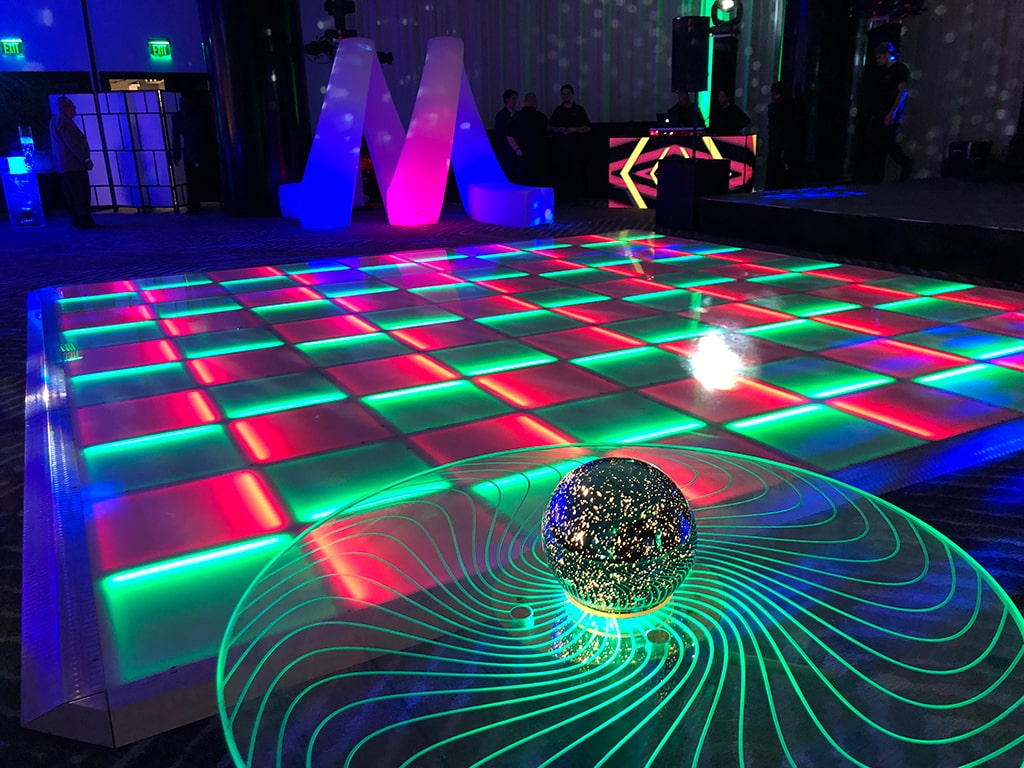The Revolutionary Power in Luminance on Elevating Dance Surface Aesthetics
The Revolutionary Power in Luminance on Elevating Dance Surface Aesthetics
Blog Article
Lighting plays a crucial role in shaping the ambiance of a dancing area. It can change a plain space into an exciting setting that enhances the complete encounter for dancers and audience alike. The appropriate lighting can impact the mood, dynamism, and even the type of the performance being executed. By using various types of lighting, such as spotlights, colored illumination, and strobe effects, event planners can design a lively environment that captivates the spectators and invites participation.
One of the key functions of lighting on a dancing area is to showcase the dancers. Focused lights can be used to direct attention on individual dancers or teams, making them the focal point of attention. This method not only displays their actions but also adds a dimension of theatricality to the show. When dancers are lit properly, their expressions and techniques become more visible, allowing the audience to appreciate their skills. This targeted lighting can also help to establish a story, leading the audience through the show.
In furthermore to showcasing performers, colored illumination can greatly affect the atmosphere of the dancing area. Various colors elicit varied feelings; for example, warm colors like red and orange can create a sense of excitement and energy, while cooler colors like blue and green can encourage tranquility and ease. By thoughtfully using colored lights, organizers can control the environment to match the theme of the event or the style of the dance. This considerate approach to lighting design can enhance the overall experience dance floor decoration trends for everyone involved.
Strobe lights and other dynamic lighting effects can also add excitement to a dance floor. These features can generate a sense of beat and motion that matches the music being played. When timed with the rhythm, flashing lights can make the dance floor feel alive, encouraging dancers to move in sync with the flashing lights. This interaction between light and music can elevate the energy of the event, making it more pleasurable for both dancers and audience. The use of such features requires careful planning to ensure they enhance rather than divert from the show.
Ultimately, the overall design of the lighting setup is crucial for establishing a cohesive look on the dancing area. A well-thought-out lighting plan considers the configuration of the area, the kind of performance being performed, and the audience's encounter. By combining different lighting techniques, such as ambient lighting, highlighting, and unique features, planners can design a aesthetically stunning environment. This focus to specifics not only improves the performance but also leaves a memorable impact on the audience, making the event unforgettable. In summary, the transformative influence of lighting is essential in enhancing dance floor appearance, establishing an engaging and enjoyable experience for all.